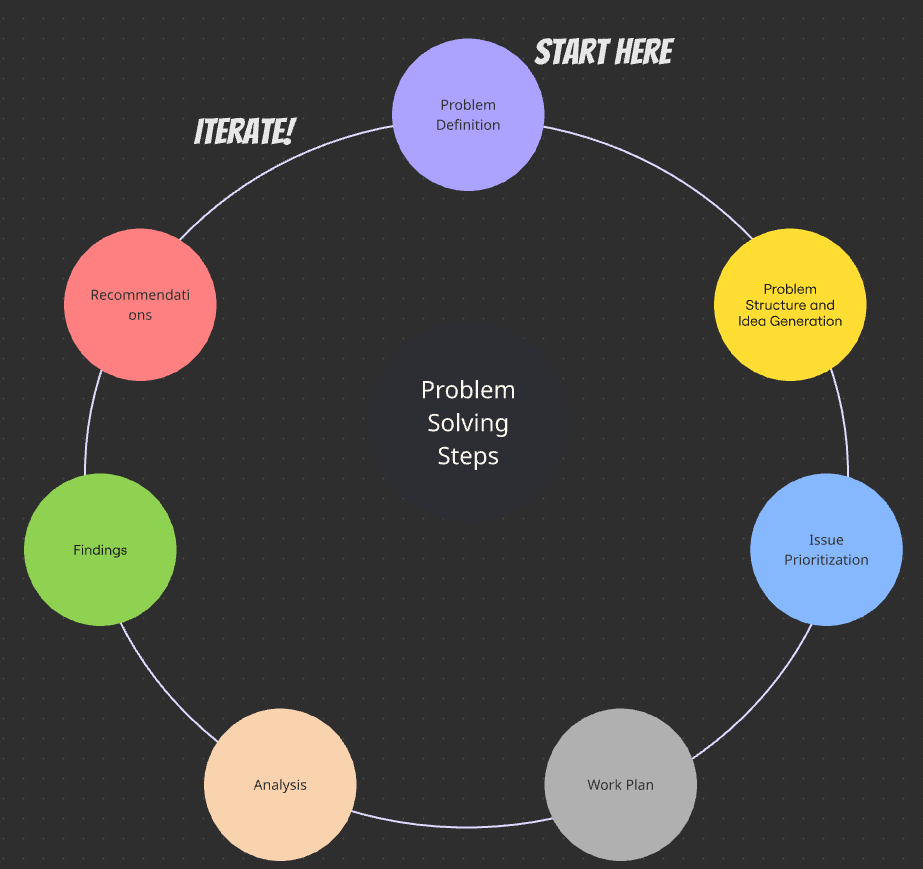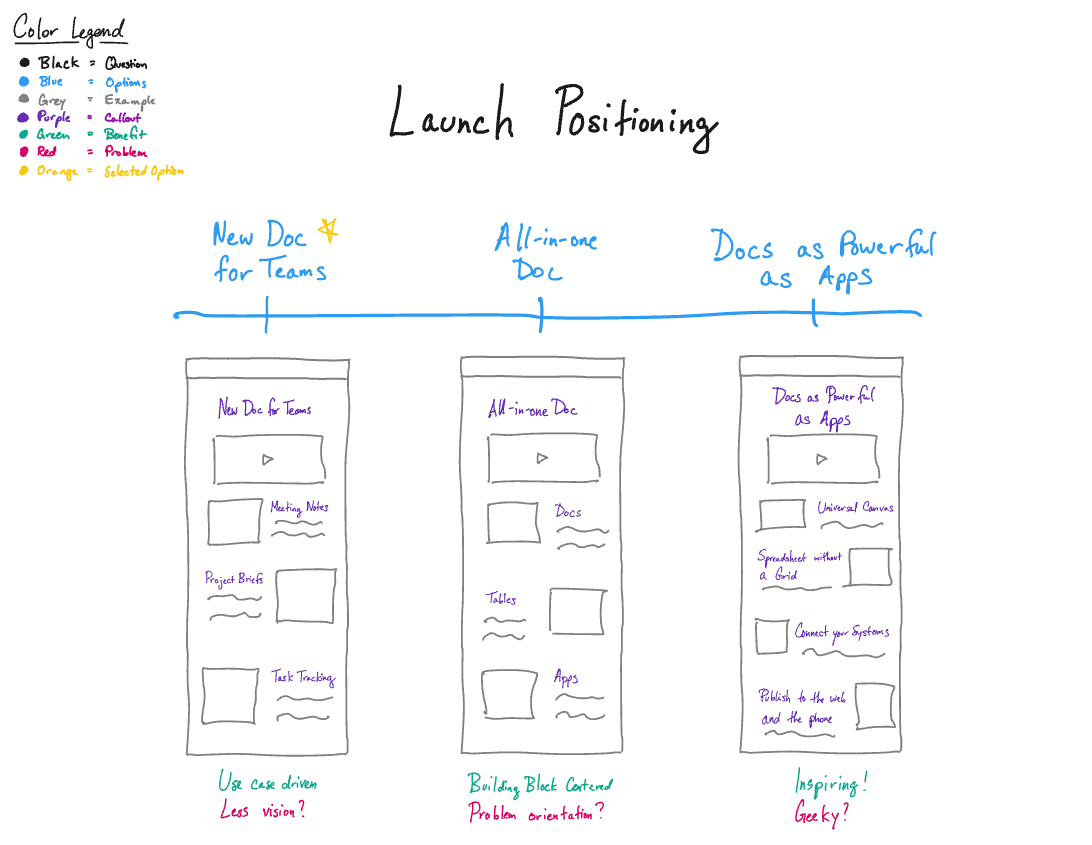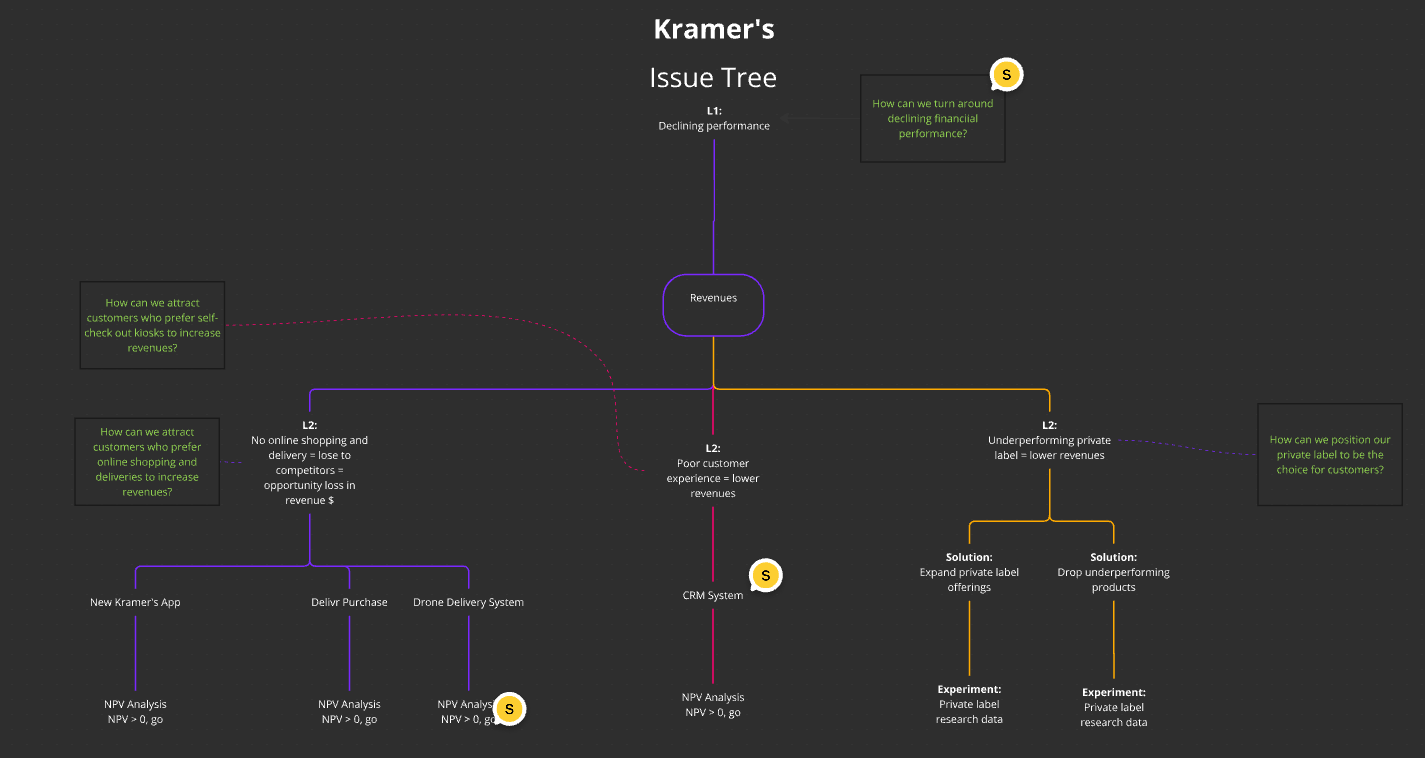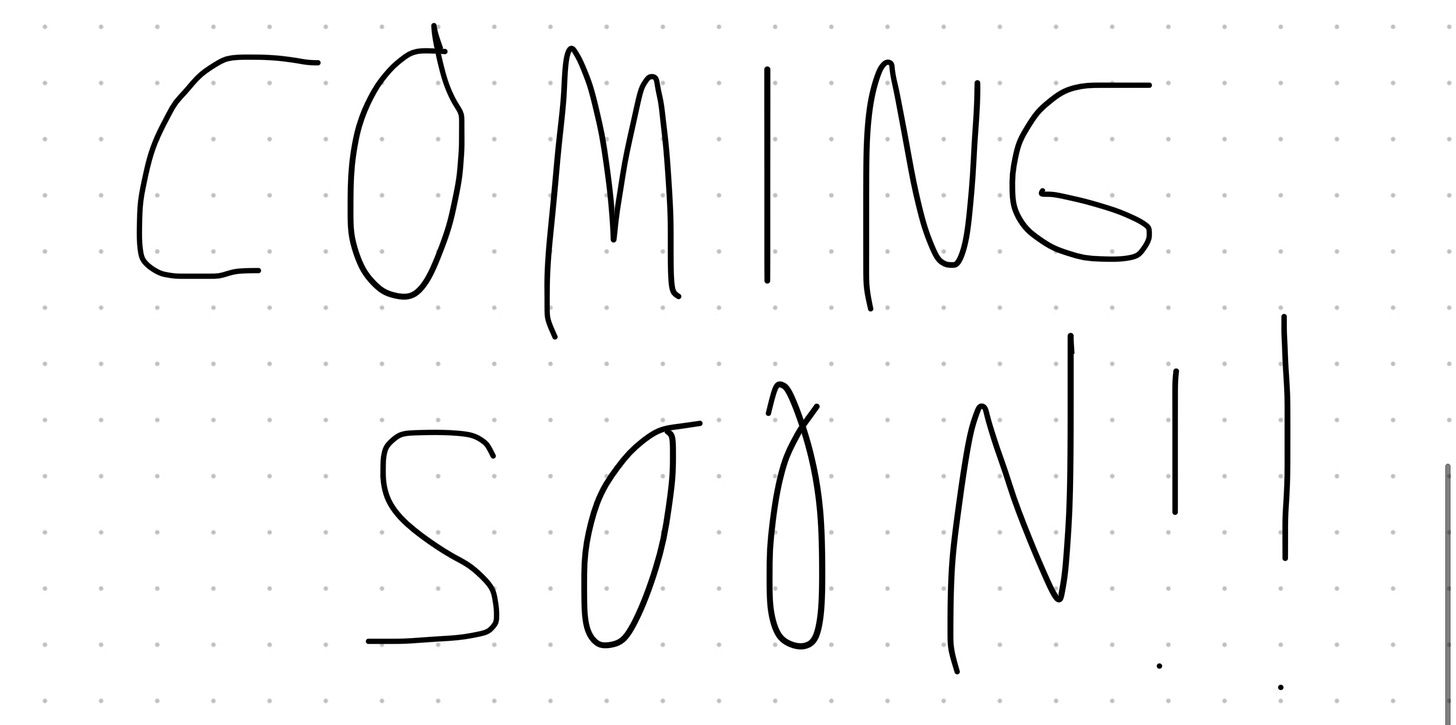Problem Solving: Putting Structure in Your Thought Process
Emerging technologies and the future of work made the ability of synthesize information to valuable insights more relevant than ever.
Have you ever felt that you have been too good at your job and that you feel stuck because something is missing to hit the mastery level? This could be in the form of new problems that left you hanging before.
💡The Power of Structure

The most important lesson I learned from the McKinsey forward program is the need for structure in solving problems. This applies regardless of the size or scope of a project or initiative. We must make an effort to take a structured approach in solving any problem for the best possible outcome, especially in complex or high-stake situations.
Taking a structured approach improves clarity. A well-defined approach would mean clear problem statements, which serve as an anchor to minimise the likelihood of either addressing the wrong issue or failing to address the main issue.
While industry- or expertise-specific knowledge is helpful, anchoring your problem-solving approach solely on this could result in biased assumptions. In turn, biased assumptions ultimately lead to failure to address the main issue.
This reminded me of my time at Shell, when I was assigned to help with the risk and controls assessment of machine learning algorithms. It was a time when AI-specific information risk frameworks (such as ISO 42001: AI systems) were not yet published. Looking back, I felt that I was on the right track, as I recognised that the direct application of existing risk and control frameworks is not the right approach. I would have done better if I applied the seven-step problem-solving structure by McKinsey to set the tone.
Structured problem-solving can help break down a complex issue into manageable and actionable pieces, making it easier to analyse and address. Consequently, actionable pieces lead to efficiency and effectiveness because they streamline problem-solving work and facilitate faster identification of the root cause. [2]
Finally, structured problem solving meant easier iterations and improvements during a project or initiative. This is because each step and decision is well-documented, which promotes transparency and accountability. In other words, it will be easier to iterate the problem-solving approach or fine-tune the problem statement when it is structured and well-documented. Transparency also drives accountability and collaboration as it encourages clear communication within teams. [3]
🎋 The Issue Tree Method
There are various methods and frameworks that are readily available. These include design thinking, the back-of-the-napkin approach, and the issue tree.
Perhaps one of my favourite ways to structure my problem-solving approach. I found the issue tree method to be effective in breaking down a problem or challenge into manageable buckets and smaller pieces, even in my personal life.
Personally, the issue tree method has been my lifesaver. It can be used to solve almost any problem, especially at the brainstorming stage. I have used it for both school and personal use. I also envision using it for work. Looking back, what I would do differently is to look at
Each issue (often written in a box) should adhere to the MECE (mutually exclusive, collectively exhaustive) principle, regardless of the problem-solving structure employed. Mutual exclusivity ensures that each bucket or category does not have overlaps. Failure to ensure mutual exclusivity may lead to confusion, duplication of work, and ambiguity in the problem-solving process. Collectively exhaustive ensures that there are minimal gaps and covers almost all possible scenarios. [4]
🎬 Understanding Your Audience
This lesson gave me flashbacks to my early years in technology and audit, where I knew the procedures based on a set methodology or standard, but not the underlying rationale. I recall instances when I had stakeholders who pushed back when I presented findings and recommendations to them. The reason I failed to understand their role and interest as a customer.
As I mentioned in my previous post on communication, effective communication is crucial for influencing your audience. The need to effectively send your message across reminded me of Amazon’s Customer Obsession leadership principle, where leaders start with the customer before working backwards. [5]
Any problem you are trying to solve leads to a product (through actionable recommendations) that benefits your customers (the target audience). On the flip side, recommendations are not effective if it does not benefit the customer.
This is where synthesising your findings and recommendations comes in. You must be able to explain not just the recommendations themselves but also the “so what?”. Your audience must understand why your recommendation matters to them and compel them to take action.
🚨 Up Next…
Now that I have laid out my reflections, I will be sharing actual examples of how I applied or would apply the problem-solving techniques I learned in the Forward program.
References:
[1] London, S. (2019, September 13). How to master the seven-step problem-solving process. McKinsey & Company. https://www.mckinsey.com/capabilities/strategy-and-corporate-finance/our-insights/how-to-master-the-seven-step-problem-solving-process
[2] BCS. (2023, October 11). Taking a structured approach to problem management. https://www.bcs.org/articles-opinion-and-research/taking-a-structured-approach-to-problem-management/
[3] Areyc. (2024, April 2). The importance of structured problem solving in effective management. LinkedIn. https://www.linkedin.com/pulse/importance-structured-problem-solving-effective-management-areyc/
[4] LaunchNotes. (n.d.). MECE principle: Definition, examples, and applications. https://www.launchnotes.com/glossary/mece-principle-in-product-management-and-operations
[5] Amazon. (2025, June 9). Leadership principles. https://www.amazon.jobs/content/en/our-workplace/leadership-principles





